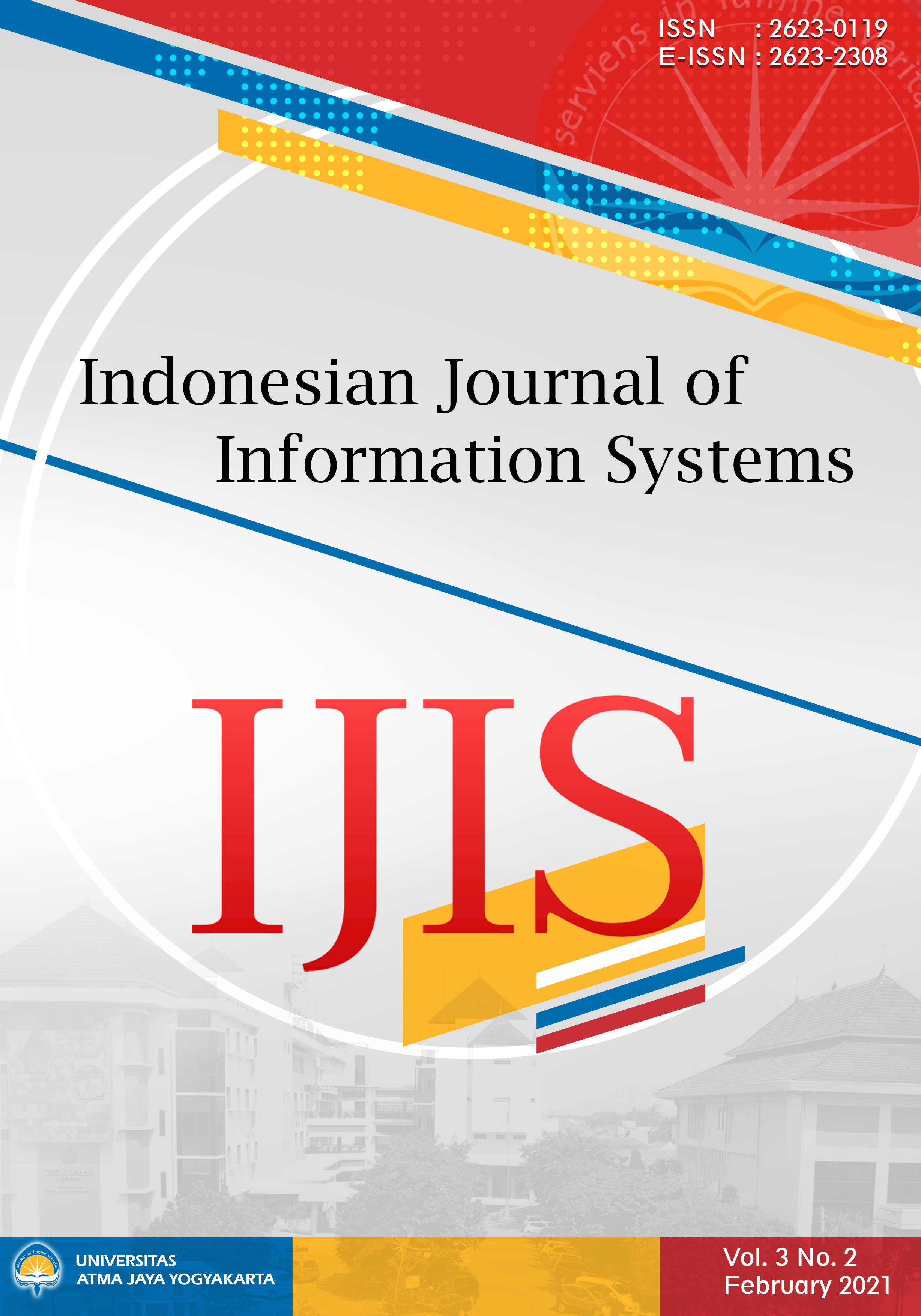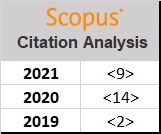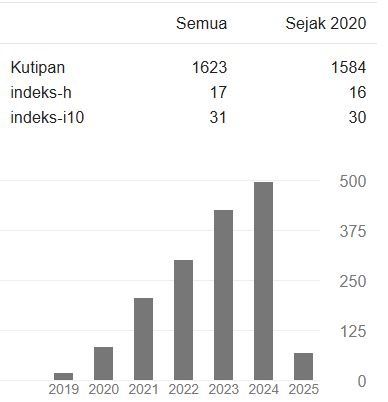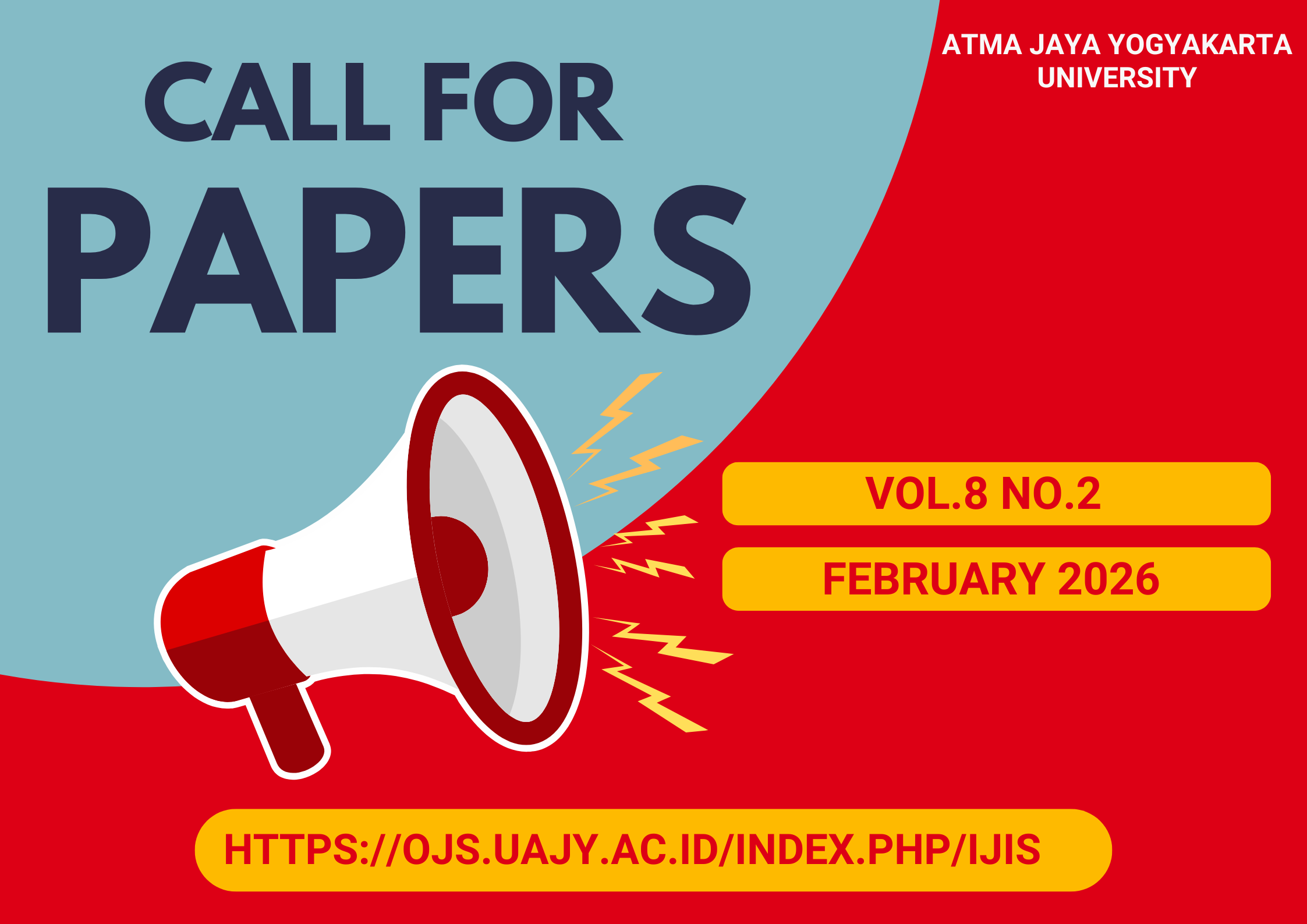SCRM Analysis of PT. SupermarketBangunan with a Balanced Scorecard Approach
DOI:
https://doi.org/10.24002/ijis.v3i2.4204Keywords:
Social media, Customers, Social Customer Relationship Management, Balanced Scorecard.Abstract
The use of social media is increasingly varied and full of innovation along with the development of information technology. Initially it was intended as a means of communicating in the digital world and socializing with other people without being limited by distance and time, but now it is starting to have value in the business world. The earliest known and used examples are usage for promotions, advertisements, and info about new services. However, as companies become aware of the value of social relationships with customers, social media is again taking part for companies to maintain relationships with their customers. For business purposes, risk is a problem that must be minimized and even avoided. The application of social media in business is still risky and a standard assessment is needed to assess whether the return value that will be obtained is worth it or not. Therefore, this research uses a case study of a building materials PT in implementing Social Customer Relationship Management in business processes and assesses it using the standards of the Balanced Scorecard.References
M. Hassani, E. Aghaalikhani, M. Hassanabadi, and M. Shakouri Rad, “A study on effects of knowledge management on the success of customer relationship management,” Manag. Sci. Lett., 2013, doi: 10.5267/j.msl.2013.08.022.
F. Kornek, “A Balanced Scorecard Approach To Social CRM Performance Measurement,” vol. 3548872, no. 3548872, pp. 1–150, 2012, [Online]. Available: http://igitur-archive.library.uu.nl/student-theses/2012-0925-200735/UUindex.html.
M. Hassani, “Management Science Letters,” Manag. Sci. Lett., vol. 2, no. 1, pp. 65–80, 2012, doi: 10.5267/j.msl.2012.05.006.
C. Salloum and J. Ajaka, “CRM Failure to Apply Optimal Management Information Systems: Case of Lebanese Financial Sector,” Arab Econ. Bus. J., 2013, doi: 10.1016/j.aebj.2013.11.002.
F. Akbarzadeh, “The Balanced Scorecard ( BSC ) Method : From Theory to Practice,” Oman Chapter Arab. J. Bus. Manag. Rev., 2012, doi: 10.12816/0002273.
M. IŠORAITĖ, “the Balanced Scorecard Method: From Theory To Practice,” Intelekt. Ekon. Intellect. Econ., 2008.
C. A. Montoya, “The Balanced Scorecard as an Assesment Tool for Administrative Management.pdf,” “Visión Futur., vol. 15, no. 2, 2011.
A. El Fazziki, F. Z. Ennaji, A. Sadiq, D. Benslimane, and M. Sadgal, “A multi-agent based social crm framework for extracting and analysing opinions,” J. Eng. Sci. Technol., 2017.
W. Endrianto, “Maximizing Strategy with an Effective Balanced Scorecard,” The Winners, 2016, doi: 10.21512/tw.v17i1.1805.
A. Györy, W. Brenner, and F. Uebernickel, “Finding the right Balanced Scorecard for business-driven IT management a literature review,” 2012, doi: 10.1109/HICSS.2012.280.
Downloads
Published
How to Cite
Issue
Section
License
Indonesian Journal of Information Systems as journal publisher holds copyright of papers published in this journal. Authors transfer the copyright of their journal by filling Copyright Transfer Form and send it to Indonesian Journal of Information Systems.

Indonesian Journal of Information Systems is licensed under a Creative Commons Attribution-NonCommercial 4.0 International License.

















